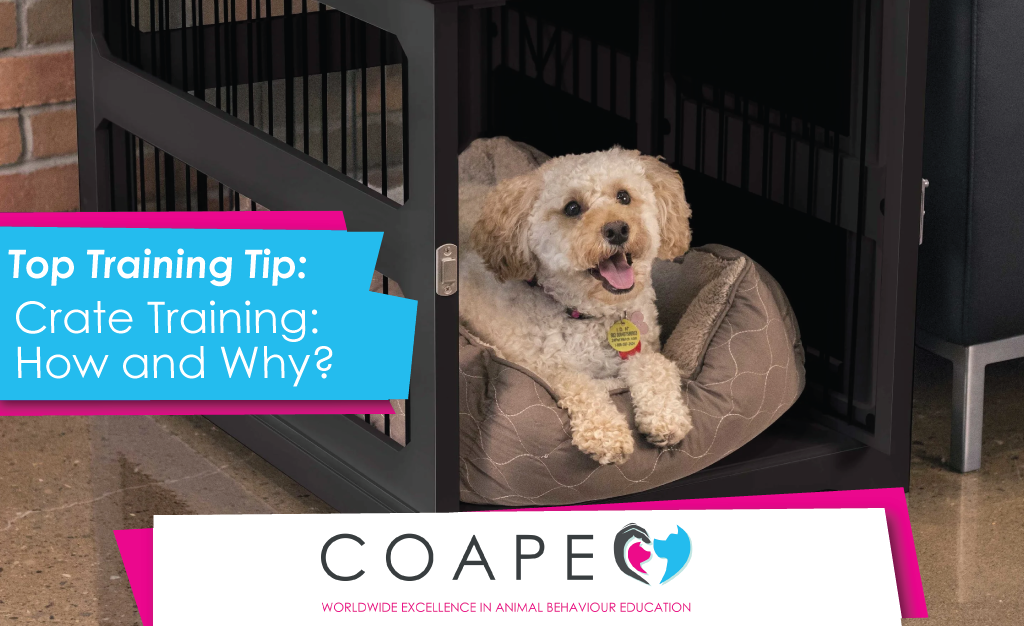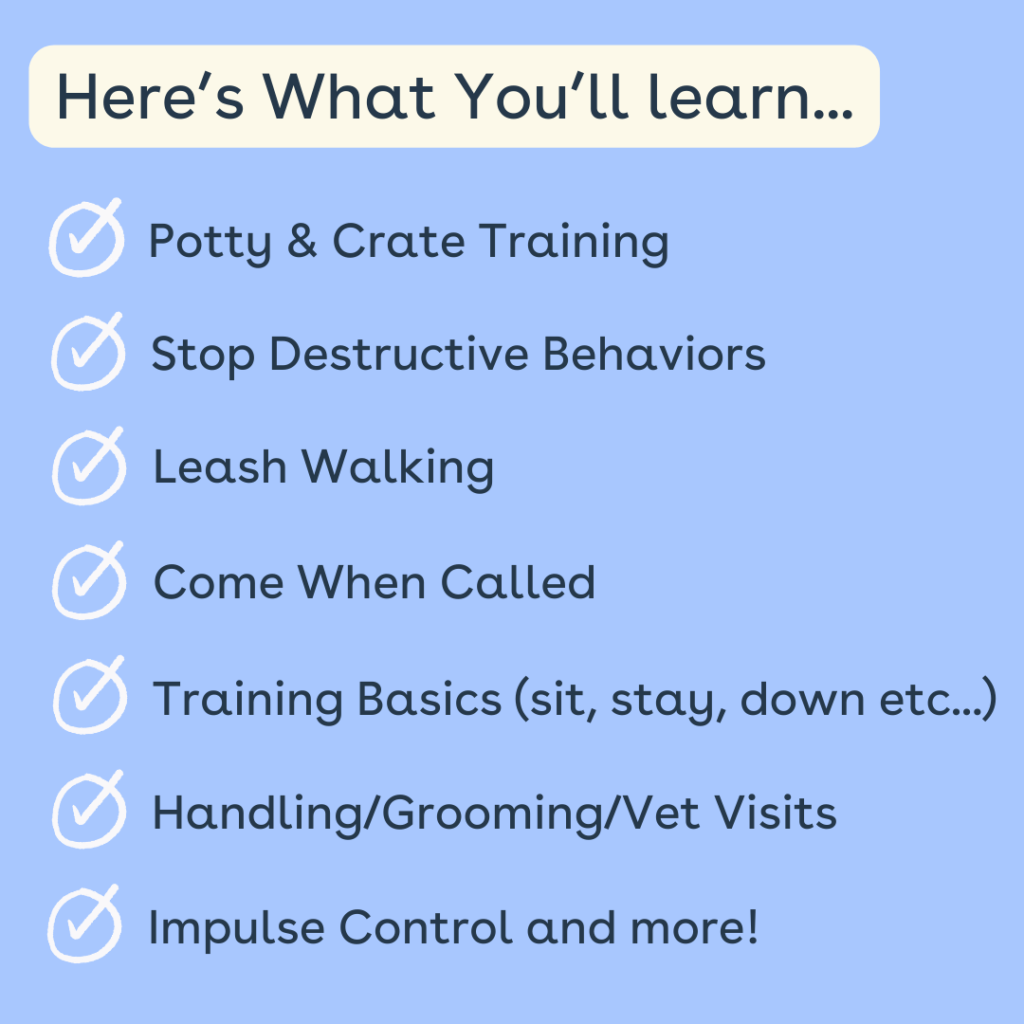Crate training is a widely used method for house-training dogs and providing them with a safe and comfortable space. However, there comes a time when it is appropriate to stop using a crate as a training tool. In this article, we will discuss the signs that indicate when it may be time to stop crate training your dog and how to transition them out of the crate effectively.

Credit: coape.org
Signs that It’s Time to Stop Crate Training
Crate training is typically used to teach dogs good behavior and establish boundaries. However, there are certain signs that may indicate that it’s time to stop crate training and allow your dog more freedom.
1. Age And Maturity:
As a general guideline, most dogs can be trusted to have free roam of the house by the time they reach one year of age. Puppies need extra time to mature and develop good behavior, so it’s essential to consider their age and maturity level before deciding to stop crate training.
2. Comfort With Freedom:
If your dog has shown signs of being comfortable and well-behaved when given freedom around the house, it may be an indication that they are ready to move on from the crate. Look for consistent good behavior and minimal destructive tendencies.
3. Health And Behavioral Issues:
Sometimes, dogs with health or behavioral issues benefit from crate training initially. However, as these issues improve with time and proper care, your dog may no longer need the confinement of a crate.

Credit: www.facebook.com
Transitioning Out of the Crate
Transitioning your dog out of the crate requires careful planning and supervision to ensure a smooth adjustment. Here are some tips for transitioning your dog out of the crate:
1. Gradual Introduction:
Start by leaving the crate door open and allowing your dog to come and go as they please. This will help them get used to the idea of not being confined while still having their safe space available.
2. Positive Reinforcement:
Use positive reinforcement such as treats, praise, and rewards to encourage good behavior when your dog is out of the crate. This will help them associate freedom with positive experiences and good behavior.
3. Supervised Freedom:
Initially, allow your dog freedom in the house under close supervision. This will help you monitor their behavior and make corrections if necessary, while also giving your dog the chance to prove their trustworthiness.
4. Create A Safe Space:
Consider setting up a designated area in the house where your dog can retreat to if they need some alone time. This can be a cozy bed or a special corner that provides a sense of security for your dog.
Frequently Asked Questions For When To Stop Crate Training: Essential Tips
When Should I Stop Crate Training My Dog?
Crate training can be discontinued when your dog is fully house trained and comfortable being left alone.
How Do I Know If My Dog Is Ready To Stop Crate Training?
You can tell your dog is ready to stop crate training when they no longer have accidents inside the house and can be trusted to roam freely.
Can I Stop Crate Training Too Soon?
Stopping crate training too soon can lead to accidents and destructive behavior. Wait until your dog consistently demonstrates good behavior before discontinuing crate training.
What Signs Should I Look For To Know It’s Time To Stop Crate Training?
Signs that it’s time to stop crate training include your dog showing no anxiety or distress when left alone and being reliably house trained.
Conclusion
Knowing when to stop crate training your dog is an important part of their development and well-being. By paying attention to your dog’s behavior, age, and comfort level, you can make an informed decision about when it’s time to transition them out of the crate. With careful planning and positive reinforcement, the transition can be smooth and successful, allowing your dog to enjoy freedom and responsibility in their environment.

